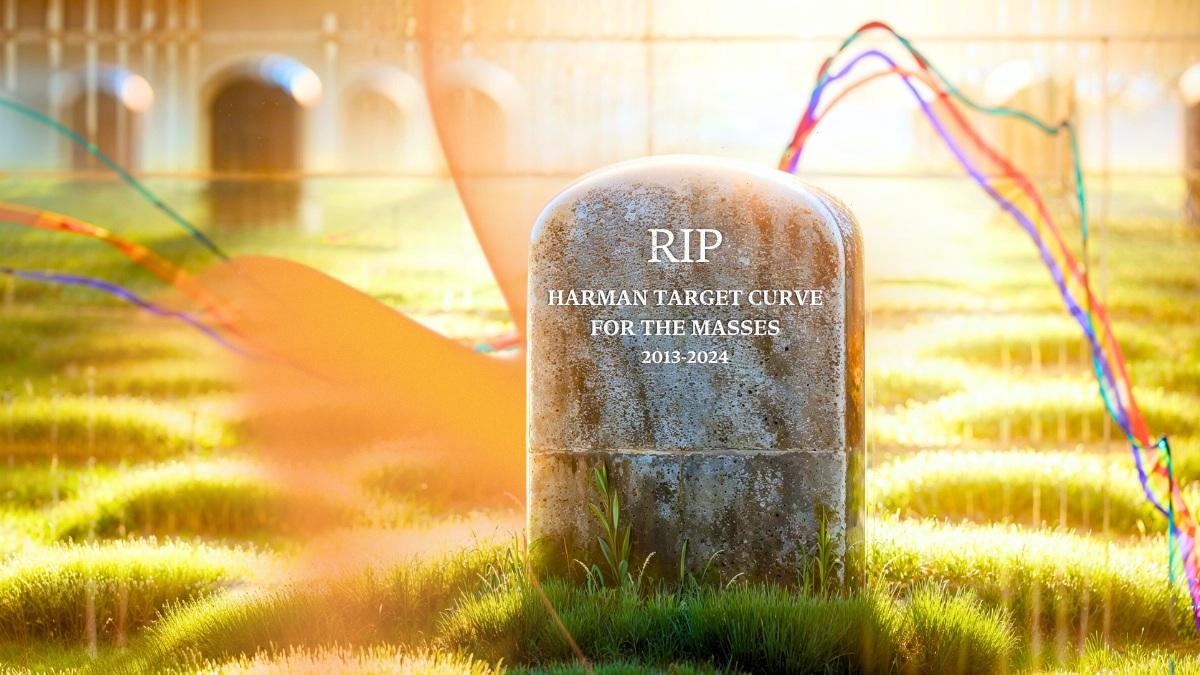Does introducing the B&K 5128 test rig spell the end of the Harman target curve?
The Harman Curve is the best approximation we have on what the average Joe prefers in terms of headphones and IEM sound. This was first developed by Harman scientists Sean Olive and Todd Weltti in 2013.
But people have been talking about the death of this sound target for a while now. What happened, and why should we care?
What Happened to the Harman Curve?
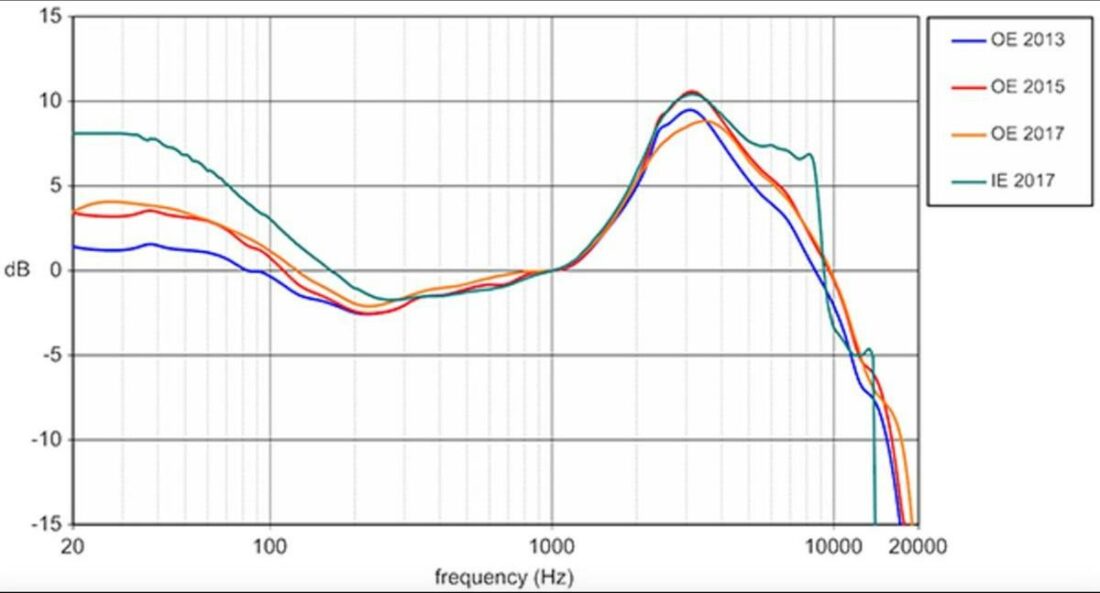
Talks about the death of the Harman Curve started with the introduction of the Brüel & Kjær Type 5128.
Basically, the Brüel & Kjær Type 5128 is the advanced version of the more affordable GRAS IEC 60318-4 device and similar rigs formerly used to measure the Harman Curve. This tool is believed to measure headphones more accurately by simulating the human head and torso at high frequencies.
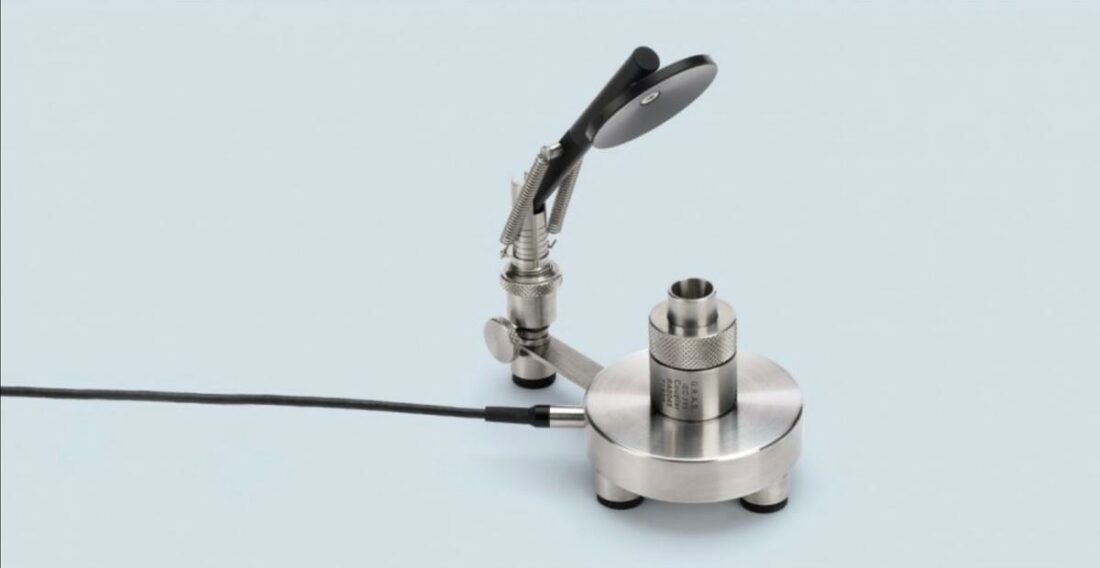
However, as the industry shifts to using the Brüel & Kjær 5128, there’s a new challenge.
This newer technology has not yet had a widely accepted and scientifically validated sound target developed for it.
So, there is now a gap in having a recognized standard on the exact measurements headphones should have using this device. This lack of a standard makes it difficult to maintain consistency and quality in headphone production and evaluation.
The Nitty-Gritty of Testing Headphones
Headphones and IEMs are tested using special equipment known as “measurement rigs” to capture how the headphones/IEMs produce sound. However, the raw data collected from these rigs doesn’t immediately tell us how the headphones/IEMs will sound to a human ear.
To interpret this data accurately, a compensation curve is needed.
This curve adjusts the raw measurement data to account for the natural frequency response of the human ear. Essentially, it compensates for the differences between the rig’s microphone and the human ear.
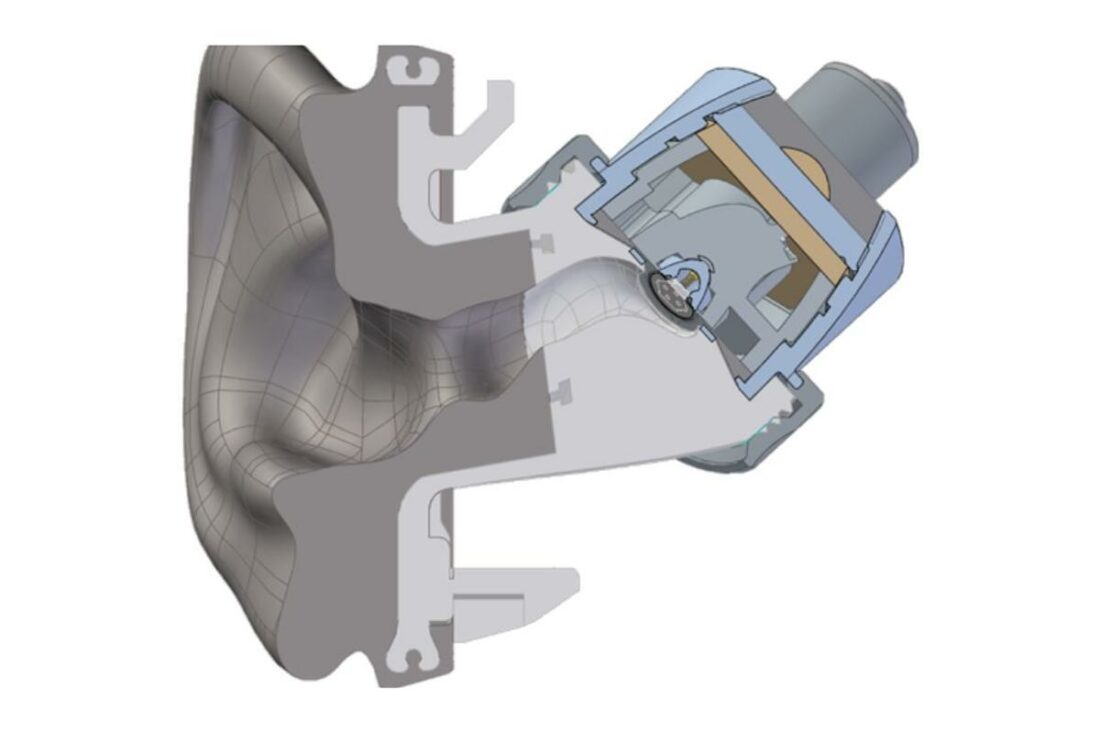
Getting valid raw data is tricky enough. But, developing a compensation curve that matches our ears’ perception takes a lot more work.
The golden standard for target curves is that they should allow us to produce headphone and IEM measurements which, when inverted, ought to produce a perfect compensation curve. When applied, the curve should eliminate all frequency response distortion. This should render the headphones completely neutral sounding.
With Harman keeping mum about their target for the B&K 5128, the headphone measurement community has lost access to the extensive research by Olive and Welti. They now have to figure out a similar target on their own.
Why We Should Care
While the GRAS IEC 60318-4 is a great device and beats analyzing headphones by ear, the B&K 5128 has some advantages over it.
Most headphone measurement rigs can measure frequencies from around 200Hz to 8-10kHz without much trouble. However, accurately capturing very low and very high frequencies is challenging.
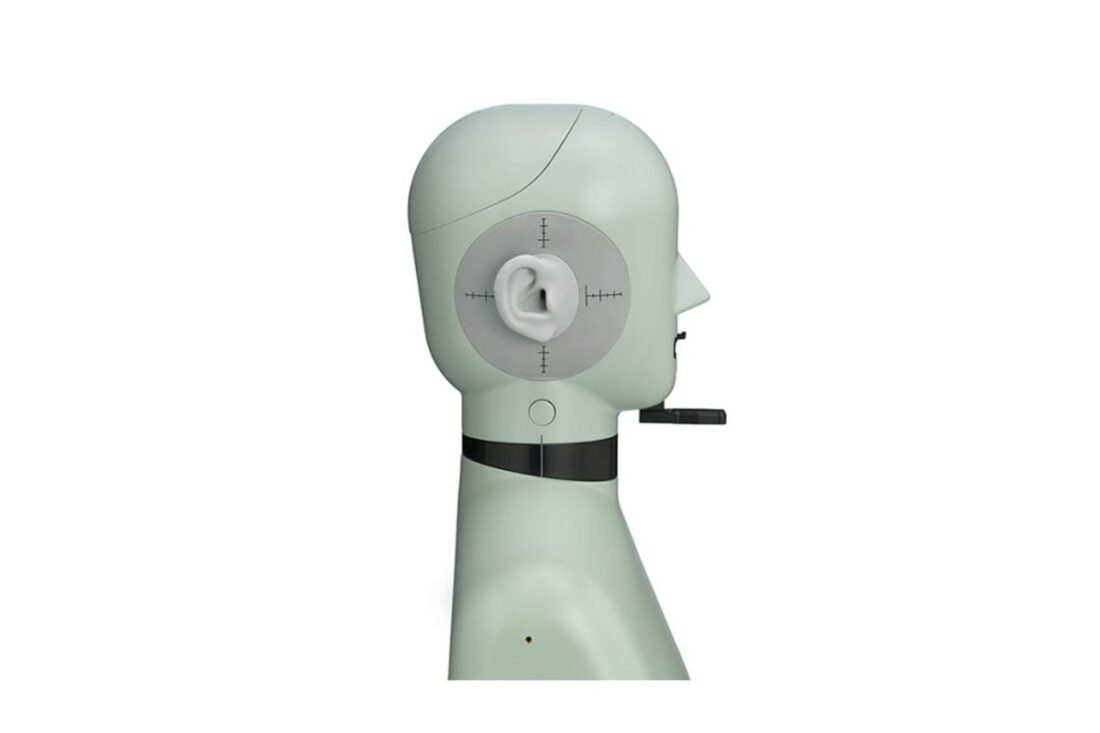
With headphones, it heavily depends on achieving a proper seal between the earcup and the artificial ear-cheek interface of the measurement device. Yet, doing so will make sure you’ll have the measurement of the real bass response.
Measuring frequencies over 8 kHz also presents issues. This is because the unique geometries of the pinna and inner can highly impact the measurement of these frequencies.
Measuring IEMs is similar. Getting an accurate low-end measurement depends on how accurately the artificial coupler can mimic the acoustic impedance of a real ear canal.
Some suspect it’s one of the reasons why low-end differences between dynamic and balanced-armature drivers are so hard to measure. Same with highs – an accurate coupler will be devoid of length-mode peak artifacts.
The B&K 5128 coupler apparently fixes these issues more than anything else we have at the moment.
Enthusiasts Strike Back With New Standards
Even with the apparent disappearance of the guiding light once provided by the Harman curve, all is not doom and gloom. There are ways in which similar headphone sound targets can be produced.
Headphones.com has been at the forefront of headphone measurements, initially led by the legendary Tyll Hertsens over a decade ago.
Though Tyll has since retired, his foundational work continues to influence the current team.
Today, a team of reviewers with Andrew “Resolve” Park carries on this legacy, explaining their approach to solving the target curve issue.
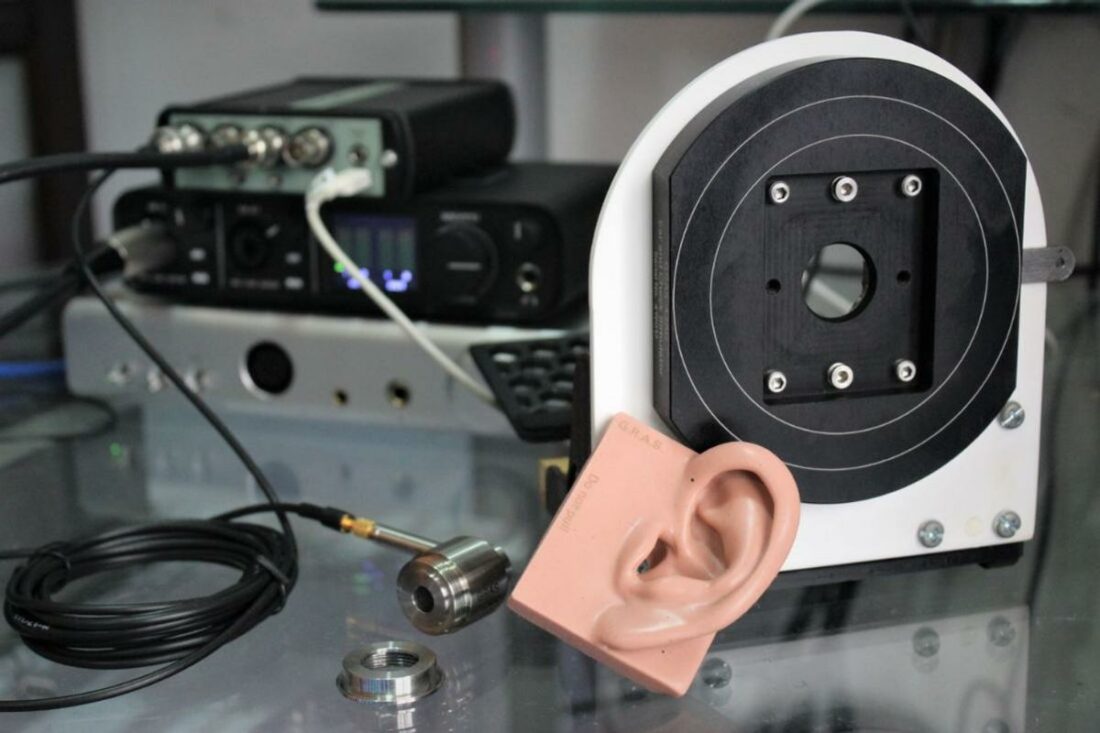
A compensated diffuse field target has also been adopted by the measurement maven Crinacle.
It’s not exactly imbued with the same body of listener preference research as Olive’s work. But, it provides a common ground for comparing measurements, if they’re done on the B&K 5128 rig.
What’s Next for Headphone Testing?
In a LinkedIn post, Sean Olive is ambivalent about what the future holds. He predicts that the headphone industry might once again enter a “Wild West” phase.
“The HARMAN headphone target is not quite dead, as the title of this video suggests. But, we will see different flavors of it being introduced as new headphone reference targets by different headphone testing organizations.” says Olive.
“This will at least temporarily produce more confusion and uncertainty in the interpretation of headphone measurements and their correlation with sound quality.”
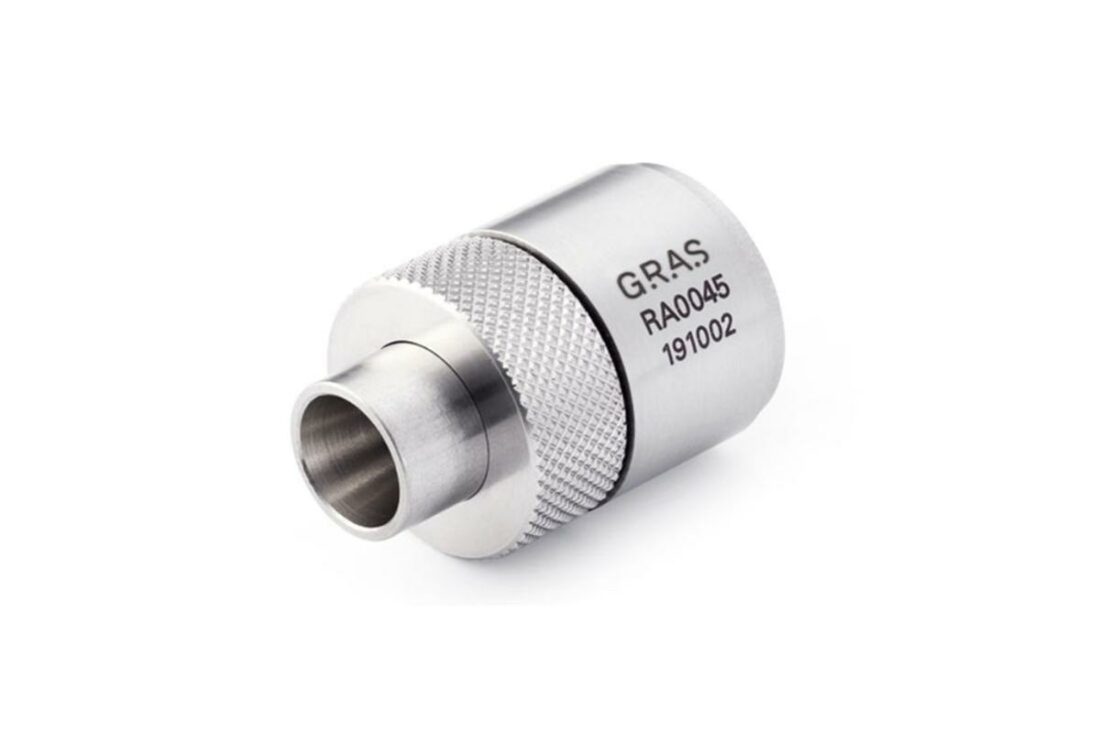
As a headphone reviewer, I’m hopeful that ultimately this will teach the measurement community two things.
- Relying on corporate research is risky as it can easily be removed from public access.
- The community by itself is powerful enough to overcome this if we all work together!
To find out more about the Harman curve, check out our series of articles, and if you’re not in a hurry, Olive’s lecture at Canjam NYC 2024 is illuminating.
